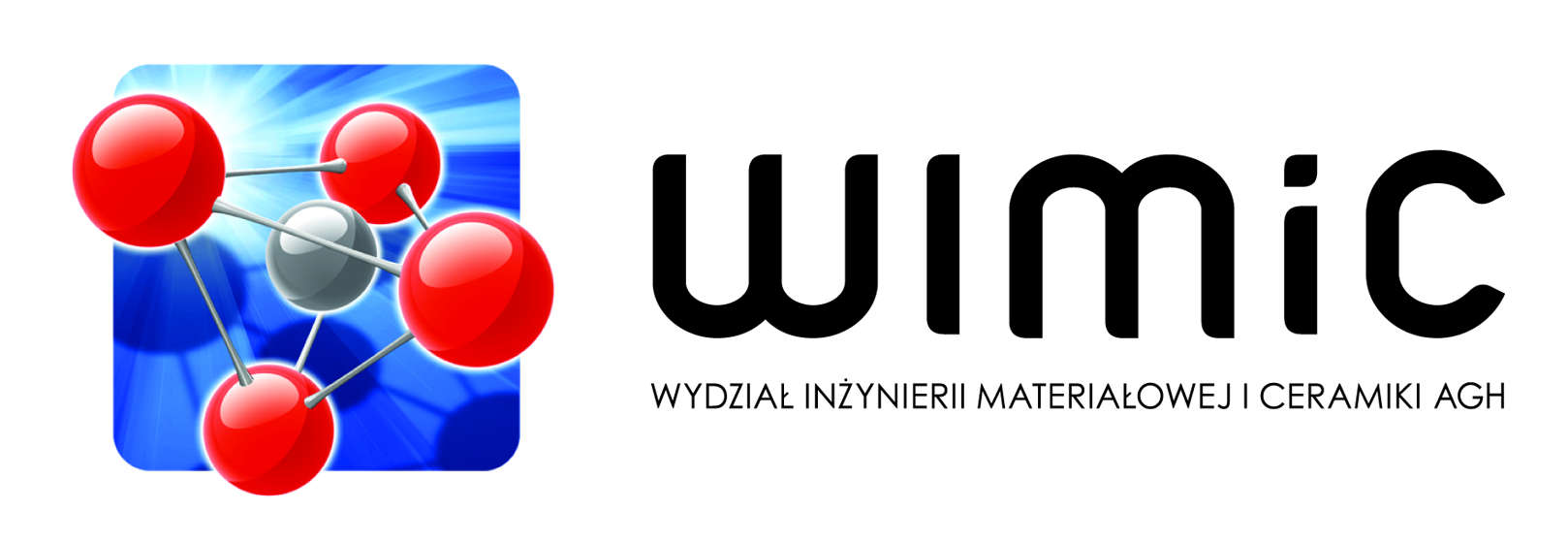Surface modification of polyurethane with eptifibatide-loaded degradable nanoparticles reducing risk of blood coagulation
The main purpose of the work was to develop a drug releasing coatings on the surface of medical devices exposed to blood flow, what should enable effective inhibition of blood coagulation process. As a part of the work, the process of encapsulating the anticoagulant drug eptifibatide (EPT) in poly(DL-lactic-co-glycolic acid) (PLGA) nanoparticles was developed. EPT encapsulation efficiency was 29.1 ± 2.1%, while the EPT loading percentage in the nanoparticles was 4.2 ± 0.3%. The PLGA nanoparticles were suspended in a polyanion solution (hyaluronic acid (HA)) and deposited on the surface-treated thermoplastic polyurethane (TPU) by a layer-by-layer method. As a polycation poly-L-lysine (PLL) was used. The influence of released EPT on the activation of the coagulation system was analyzed using dynamic blood tester. Performed experiments show an effective delivery of the drug to the bloodstream and low risk of platelets (membrane receptor) activation. The dynamic blood test process, including its physical phenomenon, was described using numerical methods, i.e. a finite volume cone-and-plate test model as well as non-Newtonian blood models. The values of shear stress and blood flow velocity under the fast-rotating cone were computed applying boundary conditions of cylinder wall imitating blood-nanomaterial interaction. Implementing boundary conditions as initial shear stress values of bottom cylinder wall resulted in the increase of shear stress in blood under rotating cone. The developed system combining drug eluting polymeric nanoparticles with the polyelectrolyte “layer-by-layer” coating can be easily introduced to medical implants of various shape, with the advantages of resorbable drug carriers allowing for local and controllable delivery of anti-thrombogenic drugs.
